A Canticle for Leibowitz
Since the invention of the atomic bomb, people have debated whether humanity is stupid enough to unleash the nuclear apocalypse. This, however, brings another question: Is humanity stupid enough to unleash the nuclear apocalypse twice?
In A Canticle for Leibowitz (1959), Walter M. Miller Jr. paints the cycle of fall and rise and fall. The story spans over a thousand years, flying from the Middle Ages to the struggling rise of science to the precarious apex of civilization.
Canticle was released fifteen years after the 1945 American bombings of Hiroshima and Nagaski and therefore reflects Cold War fears. At the same time, the story is painfully modern as it examines our dissatisfaction with prosperity and technological miracle, and debates mercy and the evil of pain.
Miller’s overall tone is somber but leavened with humor. Although the story is not “Christian” in an explicit sense—readers meet faithful characters, but no converts—it handles its Christian monastic order with profound understanding and ultimate sympathy. Miller’s writing is masterly and deeply human.
A Canticle for Leibowitz is a masterpiece that mixes profundity, heart, and superb craftsmanship.
Best for: Fans of dystopian and science fiction.
Discern: Multiple characters die violent deaths, a few somewhat graphically; a mother and baby suffer from nuclear fallout; allusions to torture and cannibalism; wars, including nuclear attacks, are referenced but not seen in any detail.

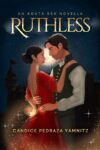



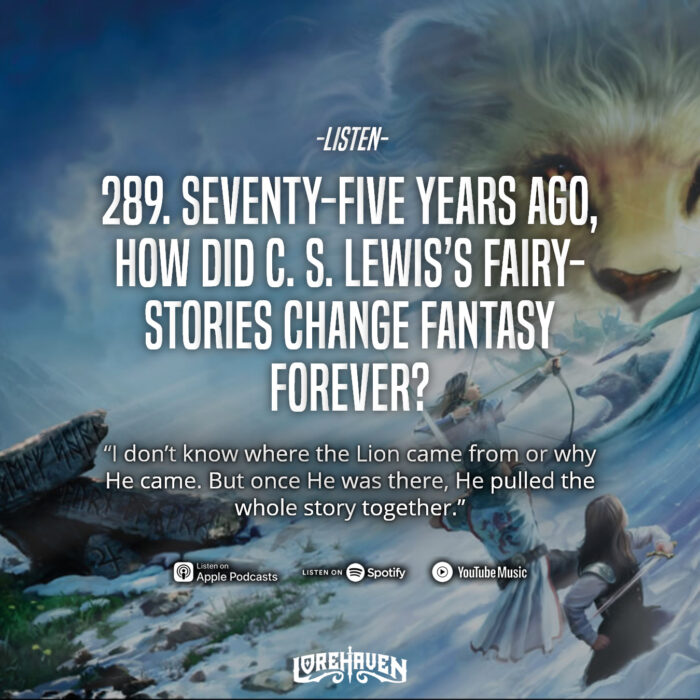

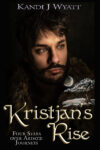


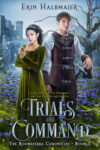
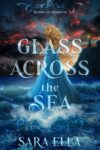

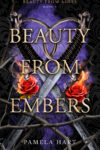
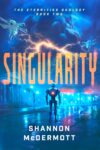
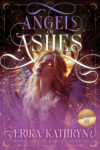

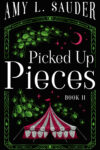
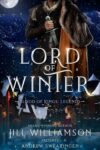
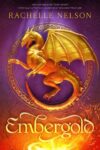

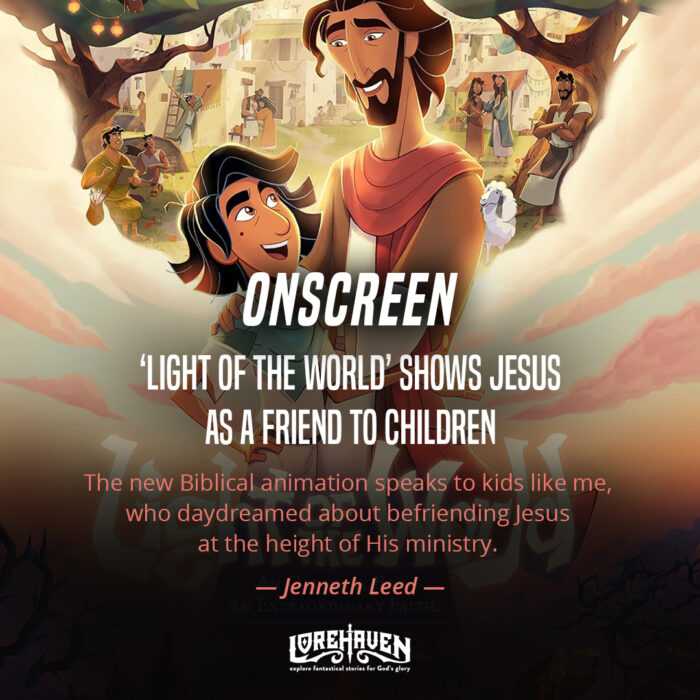
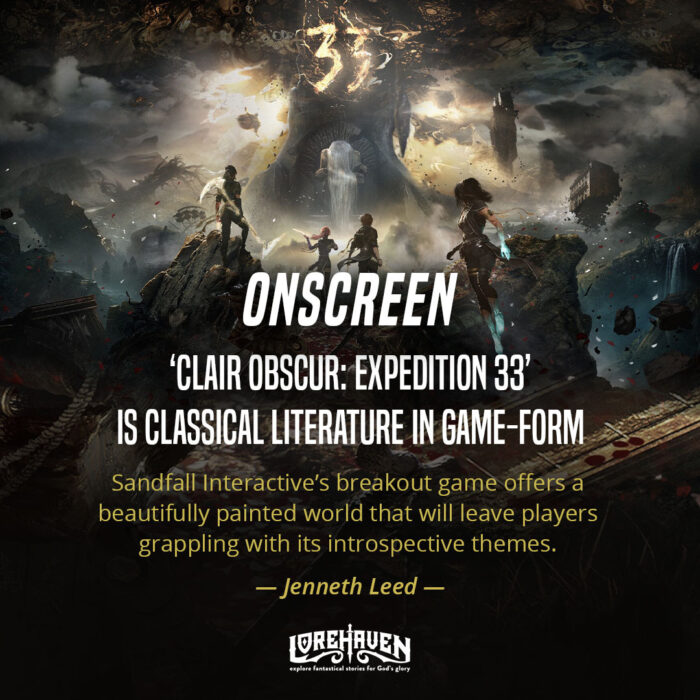







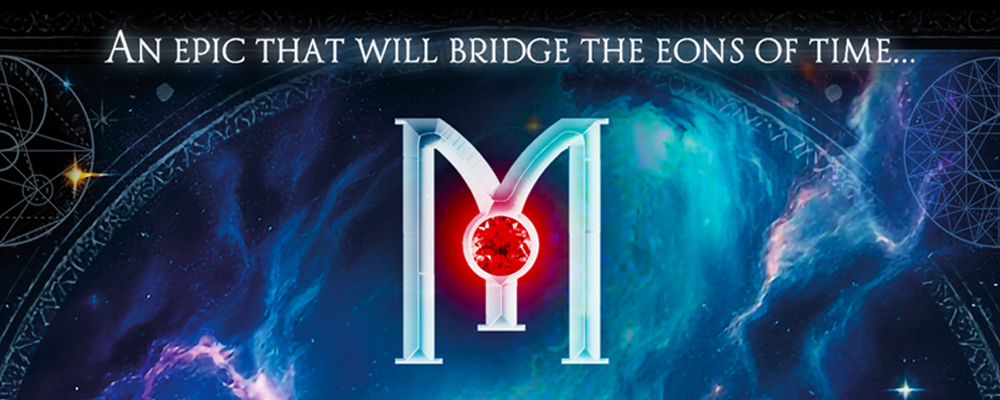

Have you read A Canticle for Leibowitz ? Share your own review.